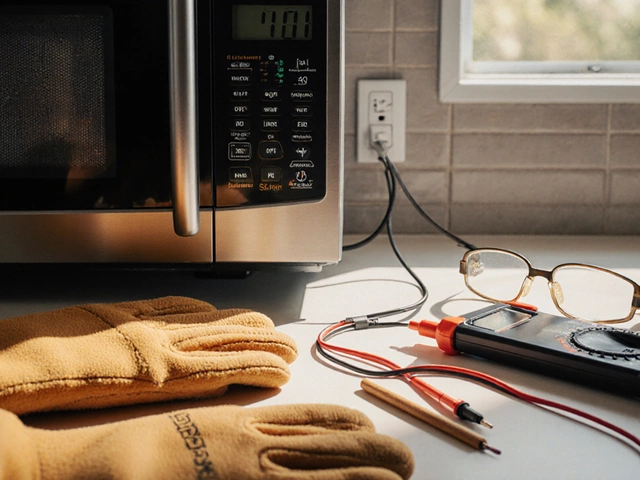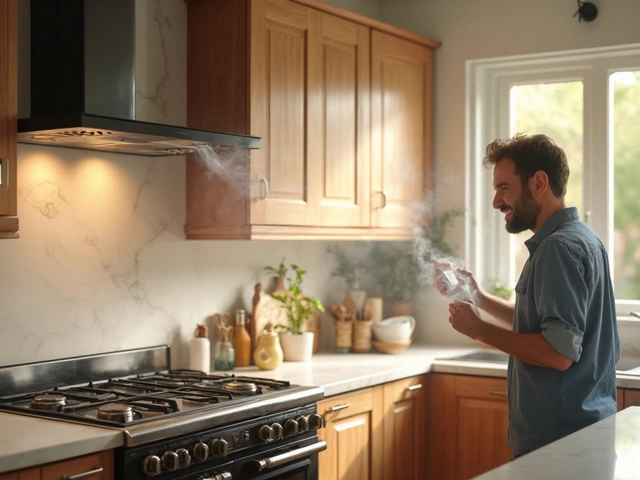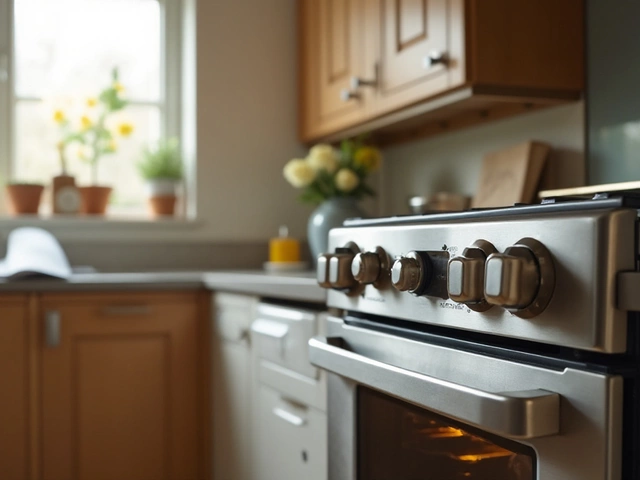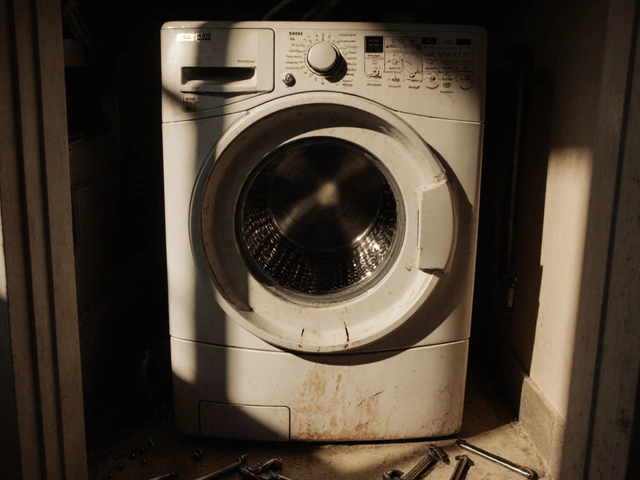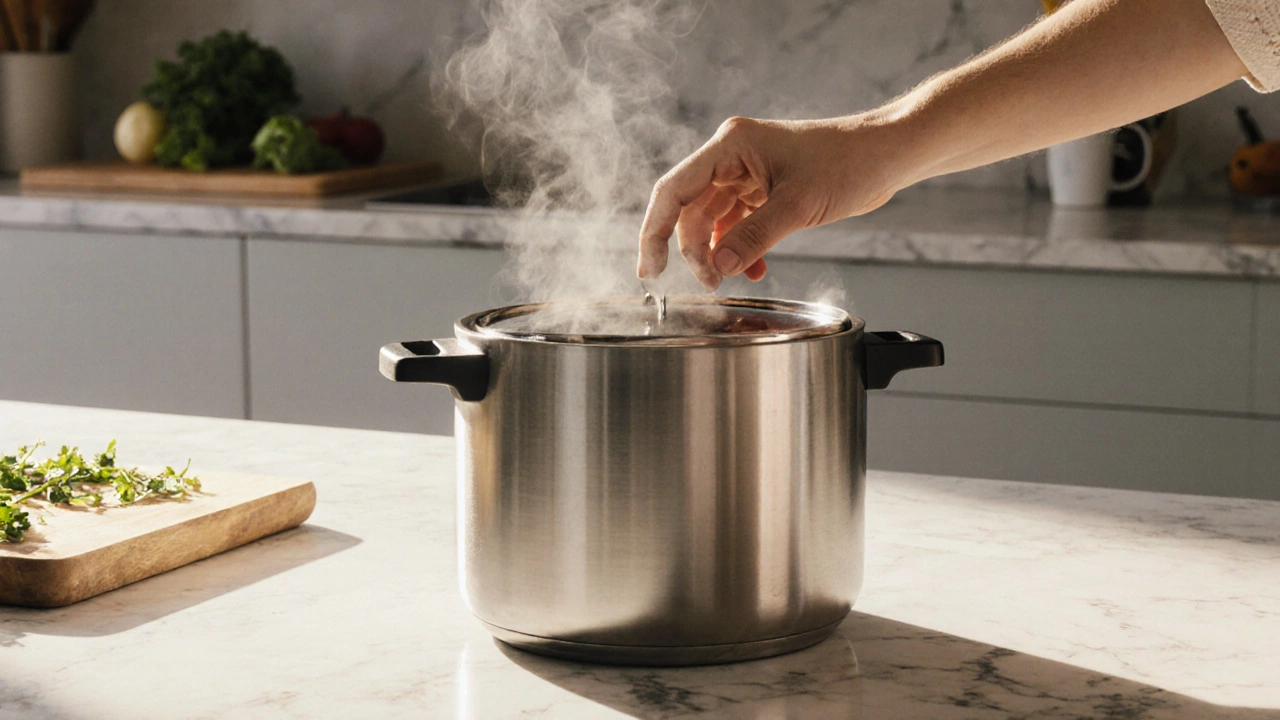Pressure Cooker Safety: Tips to Keep Your Kitchen Risk‑Free
When working with Pressure Cooker Safety, the practice of using pressure cookers without causing burns, explosions, or leaks. Also known as pressure pot safety, it helps you enjoy fast cooking while protecting people and property. Pressure cooker safety isn’t a fancy concept – it’s simply about treating the cooker like any other high‑pressure tool and respecting the rules that keep it under control. In this guide we’ll walk through the must‑know steps, why they matter, and how a quick look‑over can save you a costly repair call.
Core Elements That Make Pressure Cooker Safety Work
First, understand the pressure cooker, a sealed pot that builds steam pressure to cook food faster than ordinary pots. The cooker itself is only as safe as its components. The safety valve, the device that releases excess steam when pressure gets too high is the heart of that safety system. Pressure cooker safety encompasses regular valve checks – a clogged valve can turn a quick dinner into a dangerous explosion.
Next, think about the heat source. Most homes use a gas stove, a kitchen burner that supplies flame for cooking. A gas stove requires steady, even heat for a pressure cooker to maintain the right pressure level. Proper pressure cooker use requires a functional safety valve and a stable flame; any flame spikes can push pressure beyond safe limits.
Finally, broader kitchen safety, the set of habits and precautions that prevent accidents while cooking ties everything together. Kitchen safety influences how you handle pressure cookers – from keeping children away while the pot is hot to using proper protective gear.
These three pieces – the cooker, the valve, and the heat source – form the backbone of safe pressure cooking. When they work together, you get fast, tasty meals without worry. When one fails, you risk burns, steam blasts, or a costly repair bill. Below you’ll find practical steps that let you check each part before you start, plus the warning signs that tell you when it’s time to call a professional.
Everyday Checks That Keep You Safe
1. Inspect the safety valve before each use. Remove it, wipe away any food debris, and test it by blowing gently. You should feel a steady release of steam. If it sticks, soak it in warm, soapy water and scrub with a soft brush.
2. Examine the gasket (the rubber seal). Look for cracks, hard spots, or stretching. A worn gasket lets steam escape unpredictably, which can cause the cooker to lose pressure or pop open.
3. Check the pressure indicator. Most modern cookers have a pin that pops up when the right pressure is reached. If it’s stuck, the cooker may over‑pressurize.
4. Set the stove flame correctly. Use a medium flame that covers the bottom of the pot but doesn’t lick up the sides. Too high a flame heats the pot faster than the valve can vent, creating excessive pressure.
5. Never fill the cooker beyond the recommended level. Over‑filling reduces the space for steam, causing pressure to rise too quickly.
6. Release pressure safely. Use the natural release method for soups and stews, or the quick‑release valve for vegetables. Never force the lid open; the pressure inside can cause a sudden burst.
Running through this checklist takes less than five minutes, but it prevents accidents that could damage your kitchen or force you to replace the cooker entirely.
When to Call a Pro: Signs Your Cooker Needs Repair
If you notice any of these symptoms, stop using the cooker and book a service:
- The safety valve won’t pop or leaks steam continuously.
- The gasket is brittle or no longer forms a tight seal.
- The pressure indicator sticks on or never rises.
- You hear hissing sounds even when the cooker is off.
- The lid won’t lock or unlock smoothly.
These issues often require a skilled technician who can replace valves, reseal the pot, or repair the locking mechanism. Trying to fix them yourself can be risky if you’re not familiar with the internal parts.
Why a Professional Repair Can Be Worth It
Professional repair services know the exact specifications for each make and model. They can source genuine parts, test the cooker under pressure, and certify that it meets safety standards before you use it again. This not only extends the life of the appliance but also gives you peace of mind that you won’t face another hazard on the next dinner night.
In many cases, a simple valve replacement costs far less than buying a new cooker. Plus, a repaired cooker is often more energy‑efficient because the seal and pressure system work as designed.
Now that you understand the core components, daily checks, and warning signs, you’re ready to enjoy fast meals without fear. Below you’ll find a collection of articles that dive deeper into specific topics – from detailed valve maintenance to choosing the right cooker for your kitchen, and even how an appliance repair service can keep your whole cooking suite running safely. Explore the guides to sharpen your safety skills and keep your kitchen running smoothly.
